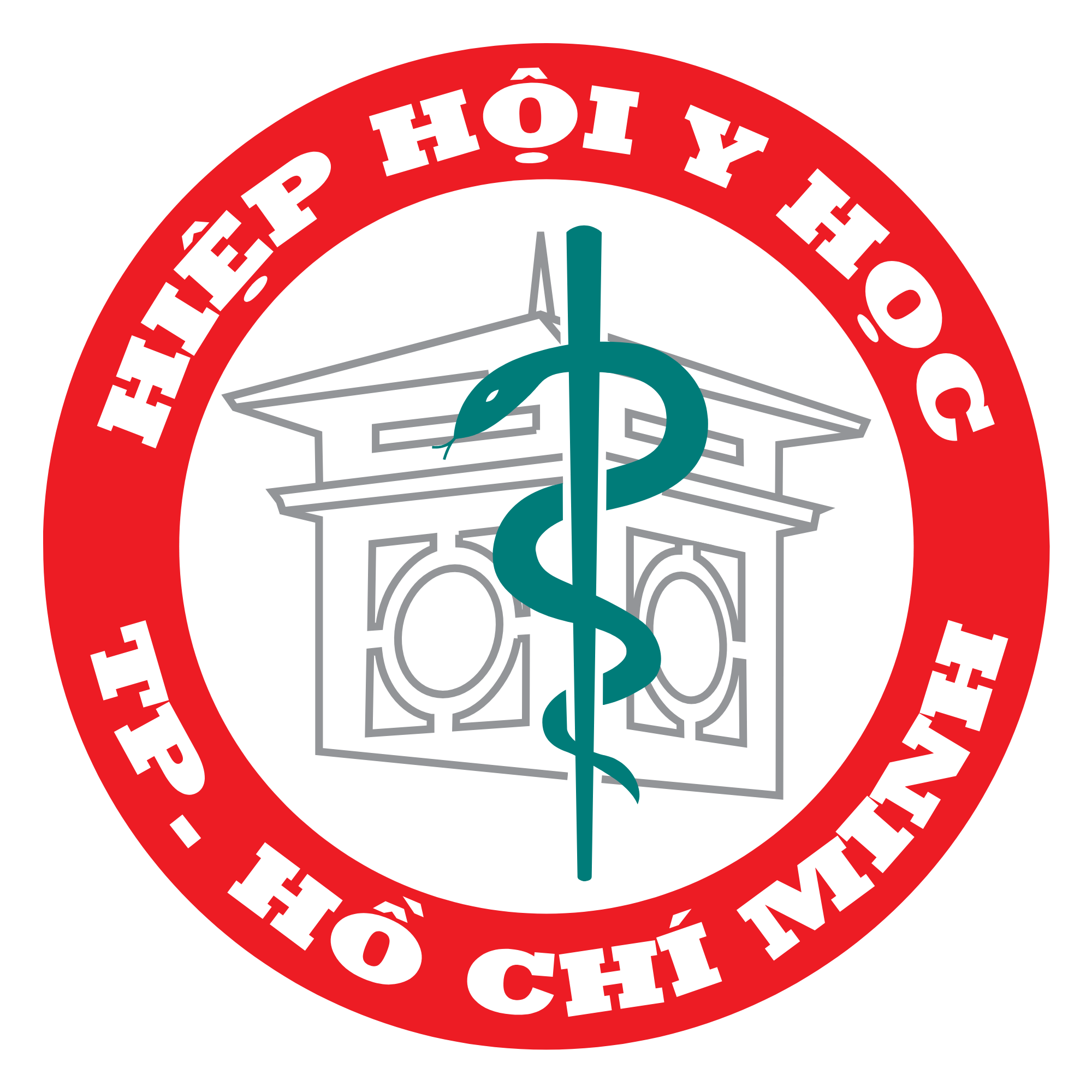Tóm tắt
Mục tiêu: Nghiên cứu mối liên quan giữa nồng độ FSH huyết thanh và kết quả sinh thiết tinh hoàn nhằm sử dụng nồng độ FSH để tiên lượng khả năng sinh tinh mà không cần phải sinh thiết tinh hoàn.
Đối tượng và phương pháp: Nghiên cứu mô tả. Bệnh nhân được chẩn đoán vô sinh do vô tinh (do tắc ống dẫn tinh hay do tinh hoàn không sinh tinh) được phẫu thuật tại Bệnh viện Bình Dân từ ngày 01/05/2010 đến 31/10/2010. Nồng độ FSH huyết thanh và kết quả sinh thiết tinh hoàn của tất cả bệnh nhận được ghi nhận và phân tích mối liên quan.
Kết quả: 206 bệnh nhân tham gia nghiên cứu. 107 bệnh nhân với sinh tinh bình thường có FSH là 5,74 ± 4,59 mIU/ml. 14 bệnh nhân với sinh tinh kém có FSH là 8,73 ± 5,08 mIU/ml. 34 bệnh nhân với hội chứng sinh tinh nửa chừng có FSH là 14,36 ± 9,21 mIU/ml. 40 bệnh nhân với hội chứng toàn tế bào Sertoli có FSH là 18,41 ± 8,11 mIU/ml. 11 bệnh nhân với xơ hóa ống sinh tinh có FSH là 35,59 ± 14,96 mIU/ml.
Kết luận: Giữa nồng độ FSH và kết quả sinh thiết tinh hoàn có liên quan với nhau một cách tương đối. Nồng độ FSH > 35 mIU/ml, tinh hoàn bị xơ hóa hoàn toàn, nên không cần sinh thiết tinh hoàn. Nồng độ FSH trong khoảng 6 – 35 mIU/ml thì để tiên lượng một cách chính xác mức độ sinh tinh cần sinh thiết tinh hoàn.
Summary
CAN FSH BE USED TO PREDICT SPERMATOGENESIS ?
Purpose: To analyze the correlation between FSH serum levels and testicular cytology findings in order to use FSH level as a predictor of spermatogenesis without testicular biopsy.
Patients and methods: A descriptive prospective study. Patients were adult males with azoospermia (obstructive or non-obstructive) admitted at Binh Dan hospital from May 1st to October 31st 2010). Serum FSH levels and testicular biopsy findings of all patients were recorded and the correlation between them was analyzed.
Results: Among 206 patients enrolled in the study, the mean FSH levels of subjects with normal spermatogenesis (n=107); subjects with hypospermatogenesis (n=14); and subjects with maturation arrest (n=34) were 5.74 ± 4.59; 8.73 ± 5.08; and 14.36 ± 9.21 mIU/ml, respectively. The mean FSH levels of patients with Sertoli-cell-only syndrome (n=40) and of patients with seminiferous tubular sclerosis (n=11) were 18.41 ± 8.11 and 35.59 ± 14.96 mIU/ml, respectively.
Conclusions: There was a loose correlation between FSH levels and testicular biopsy findings in infertile male patients. Biopsy is unnecessary in cases of FSH levels > 35mIU/ml, because of the seminiferous tubular sclerosis. For FSH values between 6 and 35 mIU/ml, biopsy must be done to determine the spermatogenesis.
Keywords: azoospermia, FSH, testicular biopsy.
**Đại học Bách Khoa TP. HồChí Minh

